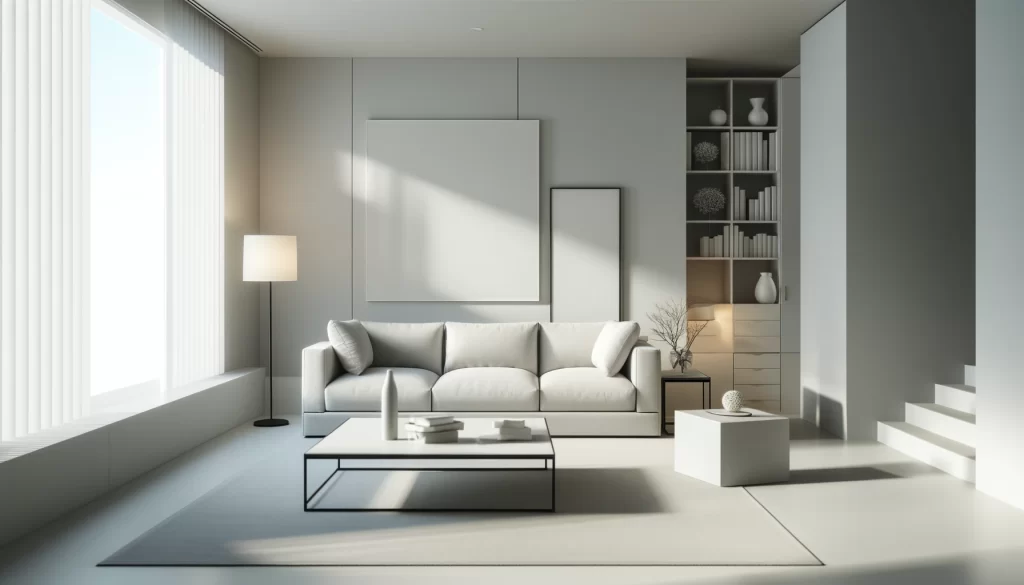In today’s fast-paced world, our homes are often seen as a refuge from the chaos outside. However, with the constant influx of digital notifications, clutter, and distractions, it’s easy for our personal spaces to become overwhelming and detrimental to our mental health. Creating a mindful space in the home can be a powerful tool in promoting relaxation, reducing stress, and improving overall wellbeing. In this article, we’ll explore the importance of mindful spaces and provide practical tips on how to create a serene and calming environment that nurtures your mental health.
The Importance of Mindful Spaces
Mindfulness is the practice of being present in the moment, without judgment or distraction. In the context of our homes, a mindful space is an area that encourages this state of being. It’s a place where you can retreat from the world, quiet your mind, and recharge. According to mental health professionals at the Private Mental Health Clinic, a mindful space can be a crucial component in managing anxiety, depression, and other mental health conditions.
Creating a Mindful Space
Purge and Declutter
The first step in creating a mindful space is to rid your home of clutter and unnecessary items. Clutter can be overwhelming and distracting, making it difficult to focus and relax. Start by clearing out any unnecessary items from your living space, and organize the remaining items in a way that promotes calmness and serenity.
Simplify Your Color Palette

Colors can greatly impact our mood and emotions. A mindful space should feature a calming color palette, such as soft blues, greens, and neutral tones. Avoid bright and bold colors, which can be stimulating and overwhelming.
Bring in Nature
Nature has a profound impact on our mental wellbeing. Incorporating natural elements into your mindful space can promote relaxation and calmness. Consider adding plants, a water feature, or a nature-inspired art piece to your space.
Minimize Digital Distractions
Digital devices can be significant distractions in our lives. In your mindful space, consider implementing a “no phone zone” or designating a specific area for device use. This will help you stay present and focused on your mindfulness practice.
Incorporate Comforting Textures

Texture can greatly impact our sense of comfort and relaxation. Incorporate soft, comforting textures into your mindful space, such as plush throw blankets, pillows, and rugs.
Create a Calming Ambiance
Lighting can greatly impact our mood and emotions. In your mindful space, consider using soft, warm lighting, such as candles or dimmed overhead lights. You can also incorporate calming scents, such as lavender or vanilla, to promote relaxation.
Make it Personal
A mindful space should be personal and reflective of your individual needs and preferences. Incorporate items that bring you joy and comfort, such as family photos, artwork, or sentimental objects.
Conclusion
Creating a mindful space in the home is a powerful tool in promoting mental wellbeing. By purging and decluttering, simplifying your color palette, bringing in nature, minimizing digital distractions, incorporating comforting textures, creating a calming ambiance, and making it personal, you can create a serene and calming environment that nurtures your mental health. Remember, a mindful space is not a one-size-fits-all solution – it’s a personal sanctuary that should be tailored to your individual needs and preferences. By incorporating these practical tips into your daily life, you can cultivate a deeper sense of calmness, relaxation, and overall wellbeing.








